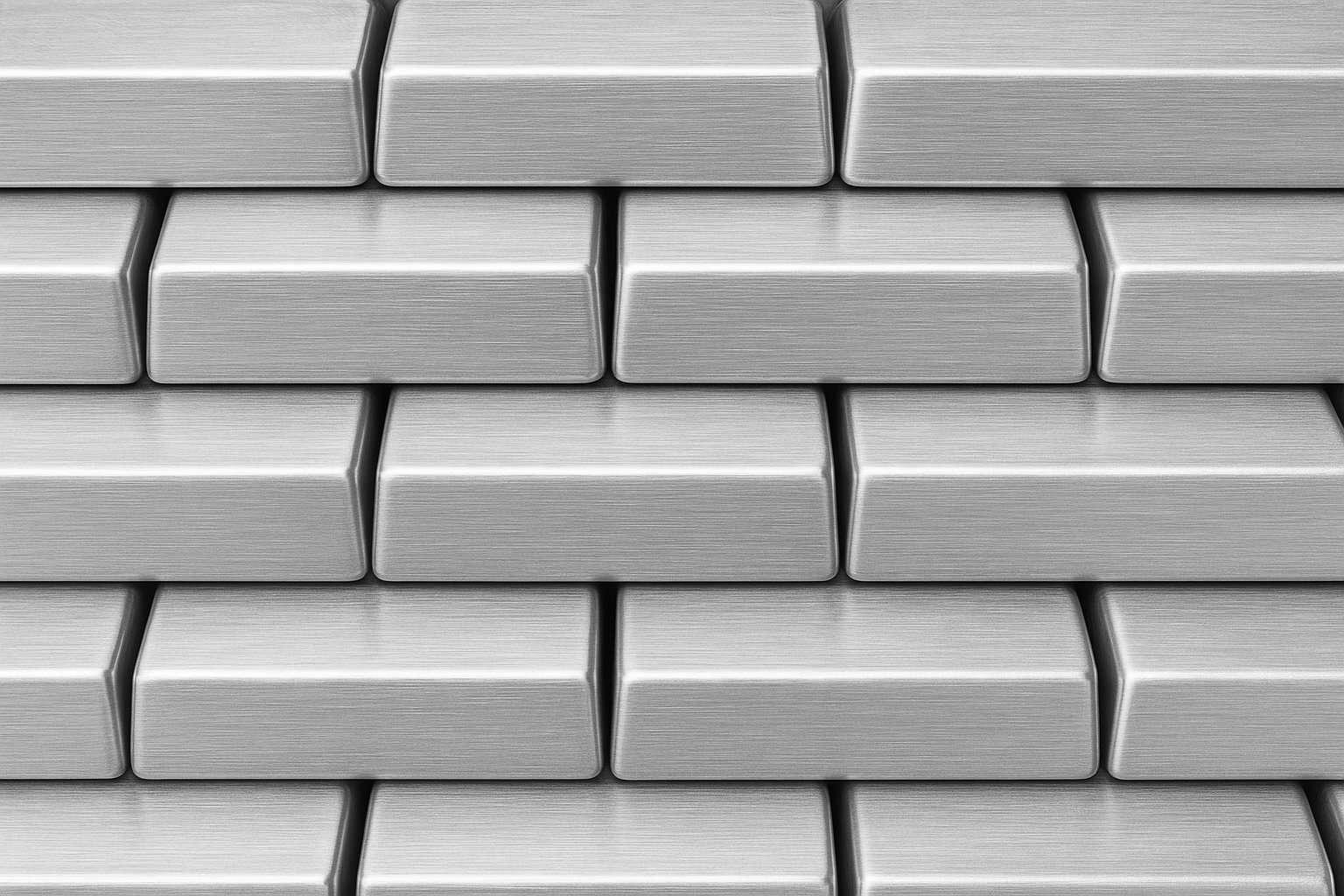Aluminum Composite Material (ACM) panels consist of two thin aluminum sheets bonded to a core, usually made of fire-retardant or polyethylene material. They deliver a strong, lightweight, and weather-resistant solution widely used in exterior cladding, signage, and architectural applications.
Their versatility allows for customization in shapes, sizes, and finishes, making them suitable for both modern design and durable structural needs. ACM panels combine durability with a sleek appearance, offering architects and builders a practical material without compromising aesthetics.
Thanks to their fire-resistant properties, ease of installation, and ability to maintain dimensional stability, ACM panels remain a preferred choice in both commercial and residential projects. Their adaptability ensures they meet a wide range of functional and visual requirements.
Understanding ACM Aluminum Composite Panels
ACM aluminum composite panel consists of layered materials designed for strength, lightness, and versatility. Their unique makeup, physical properties, and variations make them suitable for multiple applications in construction and design.
Composition and Structure
An ACM panel typically consists of two thin aluminum sheets bonded to a core material. The core is usually a plastic or mineral-based substance that provides rigidity while keeping the panel lightweight.
The aluminum layers provide strength and weather resistance, while the core adds durability and impact resistance. Surface coatings on the aluminum layers protect against corrosion and UV damage, improving lifespan.
This layered structure offers a balance of flexibility and firmness, allowing ACM panels to be fabricated into different shapes and sizes without compromising integrity.
Key Properties and Benefits
ACM panels are valued for their combination of light weight and durability. They deliver high strength relative to their weight, which reduces structural load on buildings.
They resist weather elements, corrosion, and fire depending on the core type. The smooth aluminum surfaces also allow for various finishes, colors, and textures, increasing aesthetic options.
Ease of installation and low maintenance are additional benefits. ACM panels provide sound insulation and improve building energy efficiency through thermal properties based on the core used.
Types of ACM Panels
The most common ACM panels vary by core material and intended use:
- Polyethylene (PE) Core: Lightweight, cost-effective, but less fire-resistant.
- Fire-Retardant (FR) Core: Mineral-filled for enhanced fire resistance suitable for exterior cladding.
- Metal-Core Panels: Incorporate different metals for specialized applications requiring extra strength or conductivity.
Different coatings also distinguish panels by durability and visual appearance, such as fluoropolymer finishes for long-term color retention. Choice depends on building codes, design needs, and environmental exposure.
Applications and Installation of ACM Aluminum Composite Panels
ACM panels serve diverse purposes in modern construction due to their durability, lightweight, and aesthetic qualities. Installing these panels requires attention to material handling, fastening systems, and surface preparation to ensure long-lasting performance. Design choices affect not only appearance but also functionality and maintenance.
Architectural Uses
ACM panels are widely used in building facades, interior walls, signage, and renovation projects. Their lightweight structure allows easy integration with curtain walls and ventilated rainscreen systems, improving building envelope performance.
They also provide fire resistance and weather protection, making ACM suitable for high-rise exteriors. Interiors benefit from the panels’ smooth finishes and flexibility, accommodating creative designs in commercial and institutional spaces.
Signage applications take advantage of ACM’s durability and clean surface for graphics, maintaining appearance in harsh outdoor conditions.
Installation Methods and Techniques
Proper installation begins with a structurally sound substrate and weather-resistant barrier. Panels are typically mounted using concealed fasteners or mechanical clips to allow panel movement and prevent moisture intrusion.
A step-by-step process includes measuring and cutting panels accurately, applying sealants where needed, and ensuring alignment for an even facade. Ventilated rainscreen designs help prevent moisture buildup behind panels, extending the system’s lifespan.
Installing ACM requires tools such as drills, rivet guns, and metal shears. Safety considerations include securing work areas and using personal protective equipment to handle sharp edges and heavy materials.
Design Considerations
Selecting the right panel thickness, core material, and finish type impacts both performance and cost. Fire-retardant cores are often preferred for commercial buildings requiring enhanced safety.
Designers must plan for thermal expansion, incorporating adequate joint spacing and flexible sealants. Panel layout and color choices influence aesthetic coherence and maintenance frequency.
Environmental factors such as sun exposure, wind load, and humidity should be evaluated. ACM panels’ sustainability benefits increase when combined with recyclable materials and energy-efficient construction methods.


Leave a Reply